Slippery kitchen tiles can pose a potential hazard in any household or commercial kitchen. Grippy surfaces are of utmost importance in this space, as spills and splatters are not uncommon. In this article, we will explore the various causes of slippery kitchen tiles and highlight some effective solutions to mitigate the risk of accidents, while maintaining the overall aesthetic appeal of your kitchen. 1. Understanding the Causes: The key to addressing slippery kitchen tiles lies in recognizing the root causes. Some common causes include: a) Poor Quality Materials: Low-quality tiles may lack adequate texture or undergo wear and tear over time, resulting in a smoother surface conducive to slips. b) Grease and Water Accumulation: Kitchens are prone to spills, which if not promptly cleaned, can lead to slippery surfaces. c) Incorrect Cleaning Techniques: The use of improper cleaning agents or techniques that leave a residue can make tiles slippery. 2. Choosing Slip-Resistant Tiles: Opting for slip-resistant tiles is the first step in preventing accidents. These tiles are specifically designed to enhance traction and reduce the risk of slips and falls.
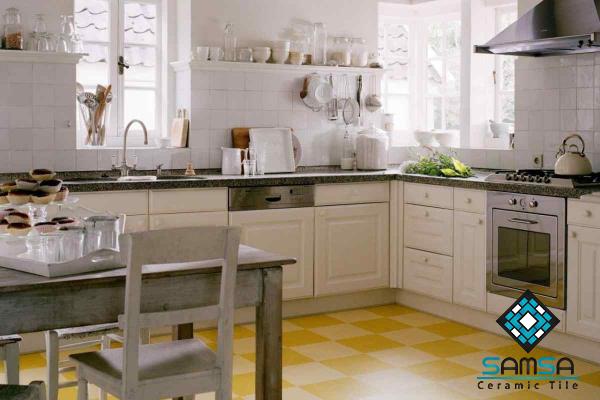
.
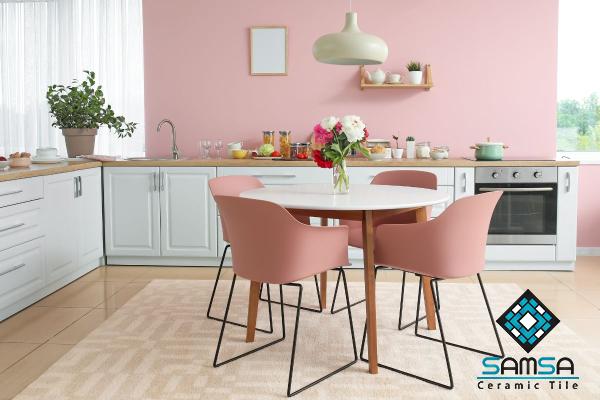 They come in various options, including mosaic, porcelain, or ceramic, with different finishes such as matte or textured surfaces. Prioritizing slip-resistant tiles when designing or renovating your kitchen will provide an added layer of safety. 3. Regular Cleaning and Maintenance: Regular and proper cleaning is vital in maintaining slip-resistant kitchen tiles. Here are a few cleaning tips to keep in mind: a) Frequent Cleaning: Wipe up spills promptly to prevent the accumulation of water or grease. b) Suitable Cleaning Agents: Use appropriate cleaning agents that are non-slippery themselves and can effectively remove dirt and residue without leaving a slippery film. c) Grout Maintenance: Regularly clean the grout lines between the tiles to prevent the growth of mold, mildew, or any other substances that can contribute to slipperiness.
They come in various options, including mosaic, porcelain, or ceramic, with different finishes such as matte or textured surfaces. Prioritizing slip-resistant tiles when designing or renovating your kitchen will provide an added layer of safety. 3. Regular Cleaning and Maintenance: Regular and proper cleaning is vital in maintaining slip-resistant kitchen tiles. Here are a few cleaning tips to keep in mind: a) Frequent Cleaning: Wipe up spills promptly to prevent the accumulation of water or grease. b) Suitable Cleaning Agents: Use appropriate cleaning agents that are non-slippery themselves and can effectively remove dirt and residue without leaving a slippery film. c) Grout Maintenance: Regularly clean the grout lines between the tiles to prevent the growth of mold, mildew, or any other substances that can contribute to slipperiness.
..
 4. Enhancing Traction with Anti-Slip Treatments: For existing kitchen tiles that lack sufficient slip resistance, anti-slip treatments can offer a cost-effective solution. These treatments modify the tile’s surface, making it less slippery without compromising its appearance. Options like anti-slip coatings, etching, or use of adhesive strips can significantly enhance traction, reducing the chances of accidents. 5. Rug or Mat Placement: Placing rugs or mats strategically in areas prone to spills can add an extra layer of safety and ensure traction. Invest in durable, non-slip mats that can be easily cleaned and have absorbent properties to prevent liquid accumulation.
4. Enhancing Traction with Anti-Slip Treatments: For existing kitchen tiles that lack sufficient slip resistance, anti-slip treatments can offer a cost-effective solution. These treatments modify the tile’s surface, making it less slippery without compromising its appearance. Options like anti-slip coatings, etching, or use of adhesive strips can significantly enhance traction, reducing the chances of accidents. 5. Rug or Mat Placement: Placing rugs or mats strategically in areas prone to spills can add an extra layer of safety and ensure traction. Invest in durable, non-slip mats that can be easily cleaned and have absorbent properties to prevent liquid accumulation.
…
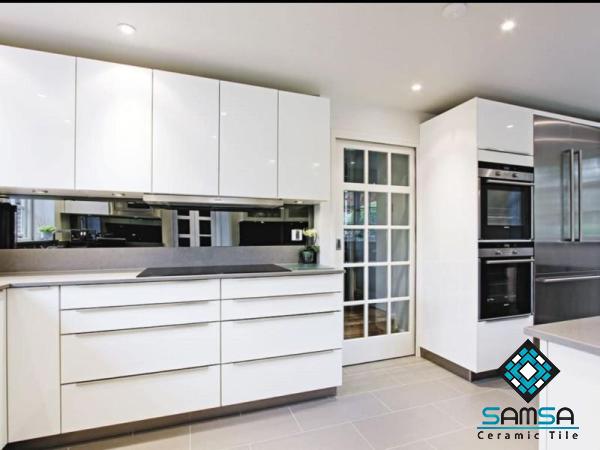 6. Adequate Lighting: Effective kitchen lighting plays a crucial role in preventing accidents. Shadows and poor visibility can make it harder to navigate, especially on slippery surfaces. Ensure proper lighting fixtures in your kitchen to eliminate potential hazards caused by inadequate visibility. Conclusion: Ensuring the safety and functionality of kitchen tiles is essential in any living or commercial space. By understanding the causes of slippery kitchen tiles and taking proactive measures such as selecting slip-resistant tiles, following proper cleaning techniques, exploring anti-slip treatments, and considering the strategic placement of rugs or mats, you can significantly minimize the risk of accidents in your kitchen. Ultimately, prioritizing safety without compromising aesthetics will lead to a more secure and enjoyable culinary experience.
6. Adequate Lighting: Effective kitchen lighting plays a crucial role in preventing accidents. Shadows and poor visibility can make it harder to navigate, especially on slippery surfaces. Ensure proper lighting fixtures in your kitchen to eliminate potential hazards caused by inadequate visibility. Conclusion: Ensuring the safety and functionality of kitchen tiles is essential in any living or commercial space. By understanding the causes of slippery kitchen tiles and taking proactive measures such as selecting slip-resistant tiles, following proper cleaning techniques, exploring anti-slip treatments, and considering the strategic placement of rugs or mats, you can significantly minimize the risk of accidents in your kitchen. Ultimately, prioritizing safety without compromising aesthetics will lead to a more secure and enjoyable culinary experience.
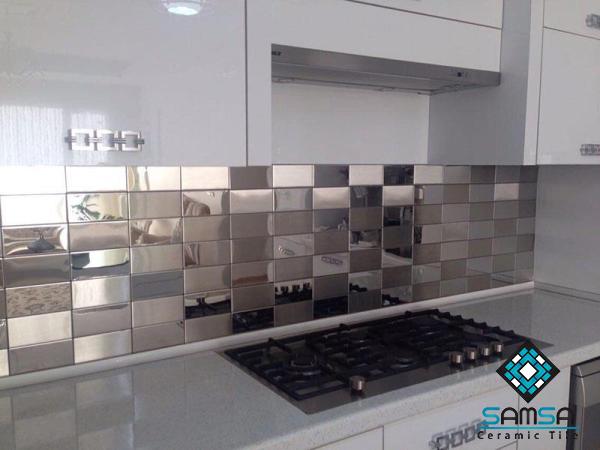
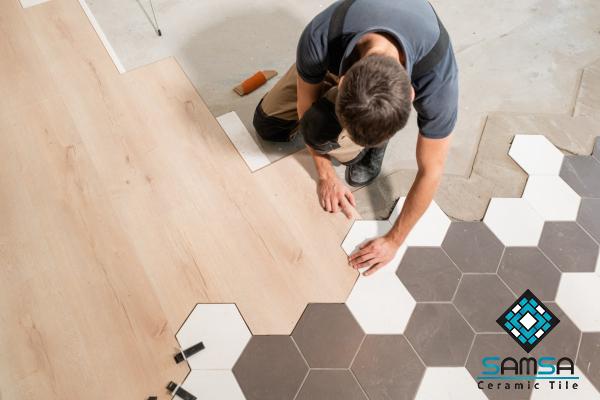
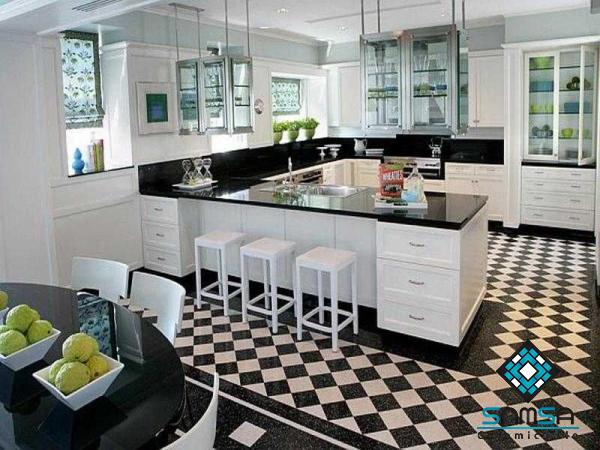

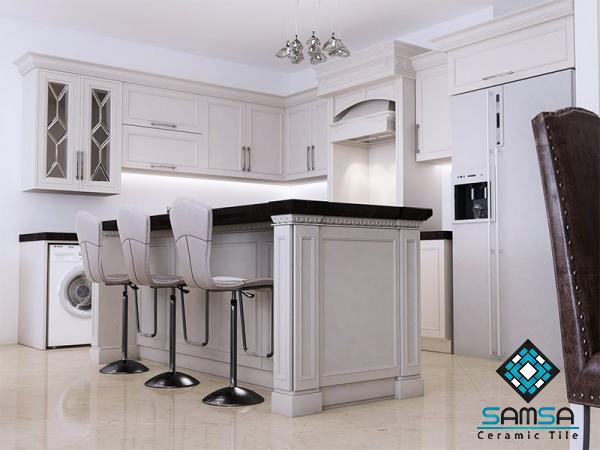

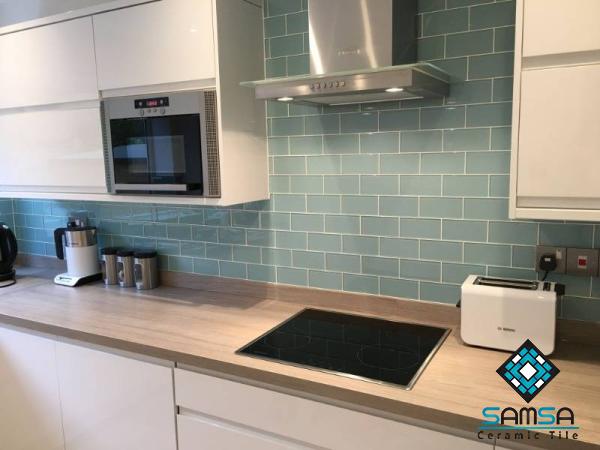


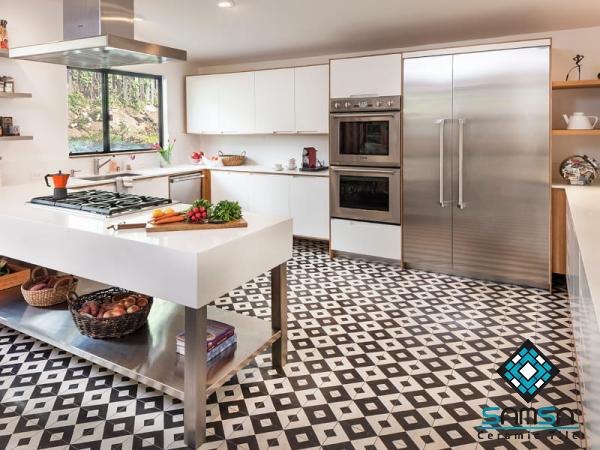
Your comment submitted.